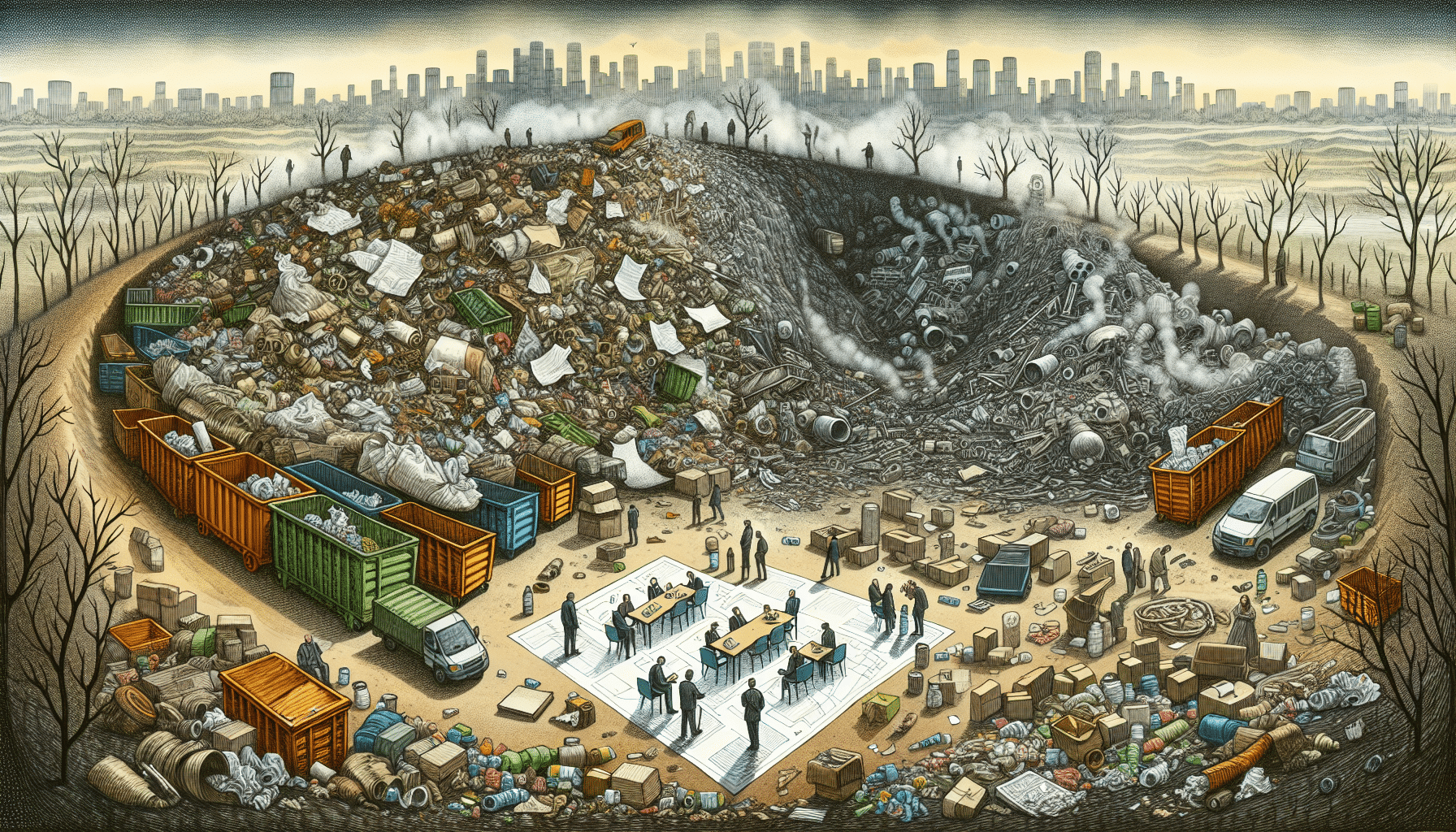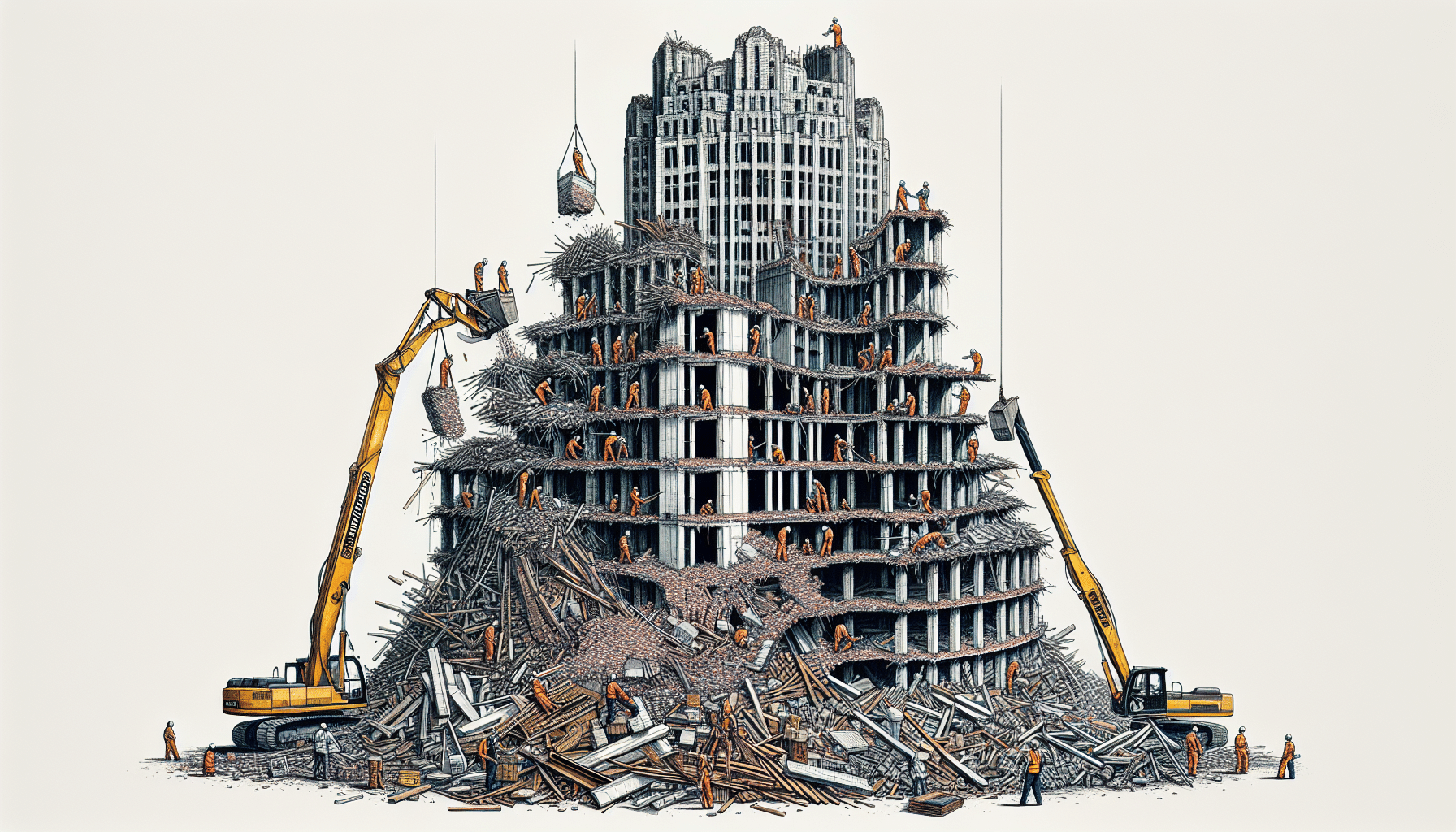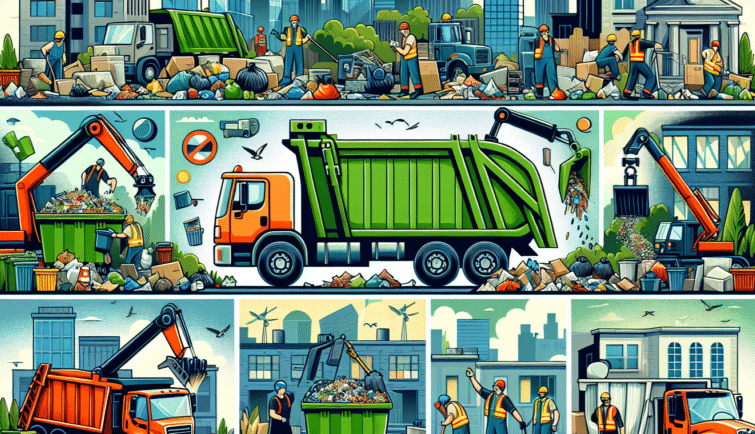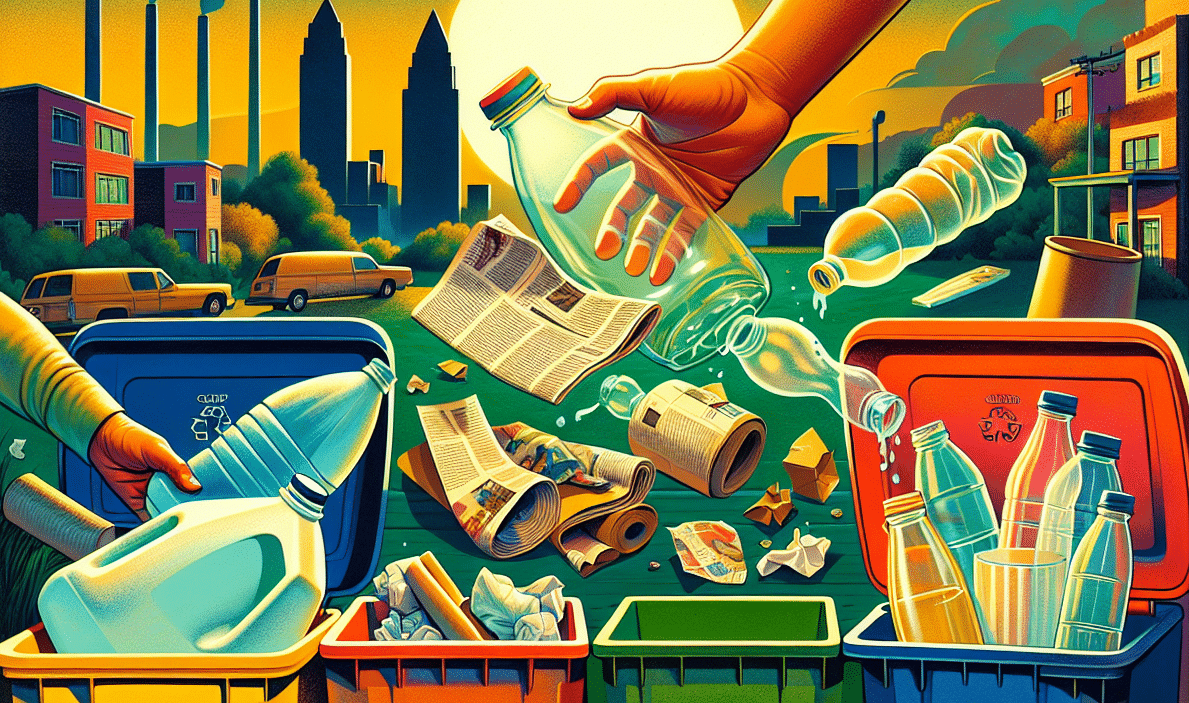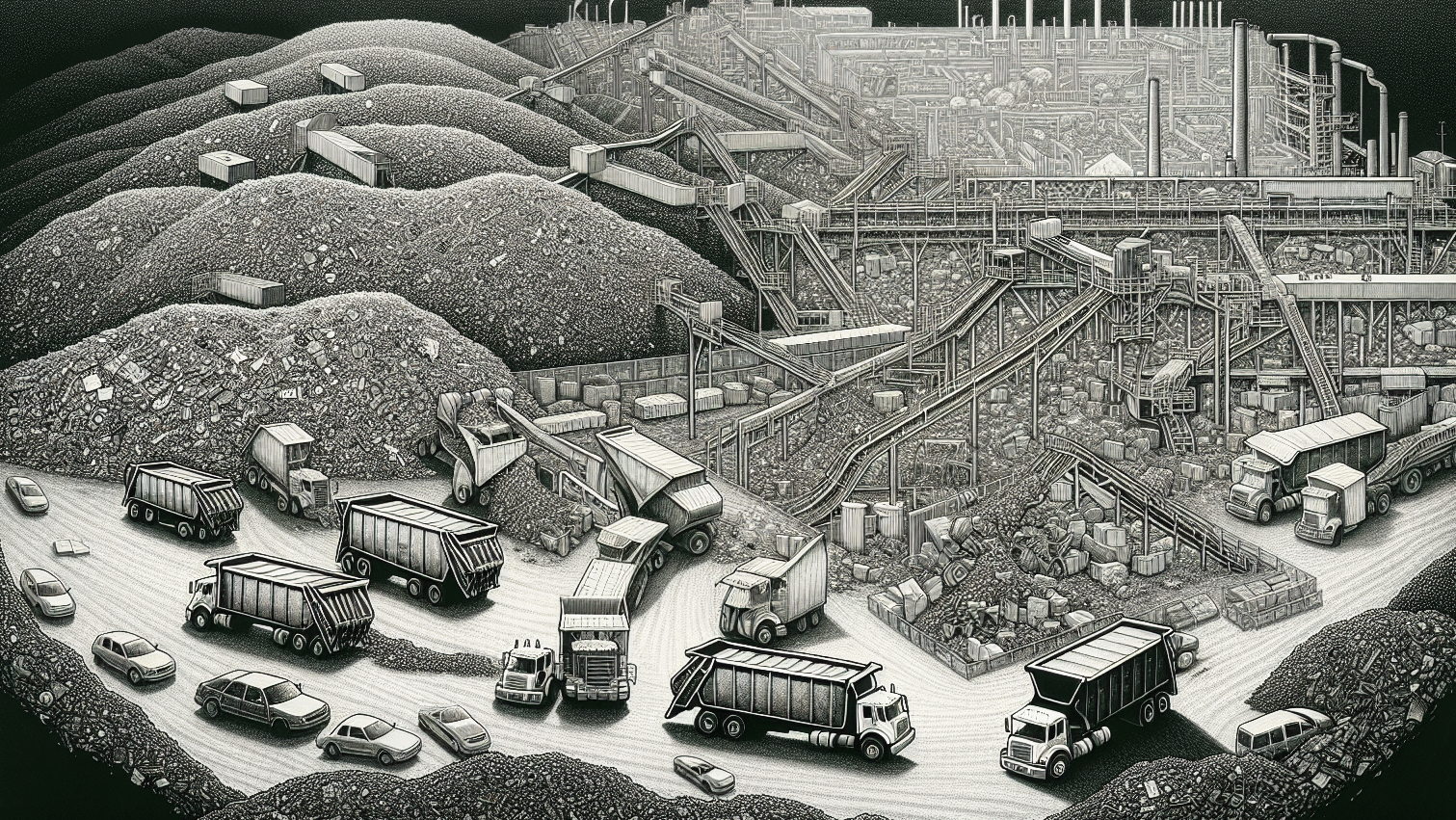This resource demystifies what to do after a flood, focusing on immediate safety measures, home assessment, and steps towards recovery. With straightforward advice, this article guides you on how to reclaim your space and peace of mind after a flood.
Key Takeaways
- Prioritize safety by heeding local warnings, avoiding submerged power lines, and confirming the structural stability of buildings before re-entering your home or neighborhood after a flood.
- Wear protective gear and cautiously inspect and disinfect homes, documenting damage for insurance claims, and be aware of health hazards from contaminated flood waters.
- Plan and carry out repairs with future risk mitigation in mind.
Navigating the Aftermath: Post-Flood Priorities

Flooded areas are fraught with invisible dangers. Because of this, it is important to practice certain safety measures during a flooding emergency:
- Heed local warnings and stay away from disaster areas until safety is confirmed.
- Be cautious of hidden power lines that may be submerged in flood waters.
- Be aware that structures swept away by flash floods may have weakened foundations.
Your first priority should be keeping you and your loved ones safe. It’s natural to want to rush back to assess the damage, but safety must precede all else. However, flash flooding can occur with alarming speed, transforming previously safe zones into hazardous areas. Only think about returning to your home after consulting with authorities and confirming that the flood risk has passed.
Initial Home Re-entry: Precautions and Assessments
Home re-entry post-flooding is a process that must be approached with caution and preparation. Prior to stepping foot in your home, confirm with local authorities that it is indeed safe to return. On arrival, conduct a thorough inspection of the exterior. Look for downed power lines, structural damage, and any other signs that the integrity of your dwelling may be compromised.
Entering buildings after a flood requires protective gear to guard against sharp debris and unstable structures. Proper safety equipment should include goggles, a respirator mask, work gloves, waterproof boots, and a hard hat. Do not use light switches or touch electrical equipment until it has been declared safe; doing so could ignite a fire in the presence of a gas leak or electrical issue.
Safety First: Ensuring Structural Stability
When examining a building’s foundations post-flooding, look for any signs of cracks or other damage to ensure its structural integrity. Pay careful attention to porch roofs, overhangs, and the connection points of steps to the building. These structural elements, if compromised, require extreme caution and potential professional assessment.
Health Hazards and Flood Water

Flood waters can contain contaminants that pose serious health hazards. Standing water can contain unwanted bacteria and chemicals. Verify the safety of your water supply for drinking and promptly address any damaged sewage systems to avert additional health risks.
Documenting the Damage: For Insurance Claims
As you begin your home recovery journey, remember to document photograph all damaged items to use as evidence when filing insurance claims.
Securing Utilities and Appliances

The first step when resetting your home after a flood is to disconnect electrical appliances and turn off the power at the main breaker or fuse box to safeguard against electrical shock. Carefully inspect your wiring, ensuring it is properly grounded and that no wires are stripped or damaged.
Water services must also be handled with care, including those that service damaged septic tanks. Here are some steps to follow:
- Shut down the water supply if you suspect any pipe leaks or breaks.
- Refrain from using appliances such as dishwashers or washing machines until the sewer line is verified to be functional.
- If a flood has affected your fuel tanks, contact a local engineer for inspection and servicing after turning off the fuel valve at the tank.
Electrical Systems and Equipment
In the wake of a flood, your electrical system demands a meticulous evaluation. To avoid potential hazards, be sure to use a battery powered light to inspect all electrical fixtures and turn off the main breaker or fuse box during cleanup. Additionally, before you think about re-insulating your walls, use a moisture meter to ensure they have dried sufficiently. Only when the walls are dry should you proceed with restoration, preventing future electrical mishaps and ensuring the safety of your home’s electrical system.
Handling Gas and Water Services
Gas leaks present an invisible but deadly risk. Be alert to the distinct, putrid odor that signifies a leak and inspect external utility lines for any signs of damage. If you smell gas or suspect a leak, leave your property immediately, contact the fire department, and if possible, turn off the gas supply from the meter outside.
For your water supply, have a professional inspect your water supply to ensure it is safe to drink or use in any capacity. Remember, standing water can harbor many dangers, and it is crucial to make certain that your water supply is safe before making repairs or using it for any purpose.
Cleaning and Disinfection: A Room-by-Room Guide

The next step in reclaiming your home is a meticulous cleaning and disinfection process. Here’s what you need to do:
- Begin by removing standing water with tools such as squeegees or a wet/dry vacuum.
- Dry out the affected areas using fans, heaters, or air conditioning to prevent mold and moisture damage.
- Initiate the cleanup by discarding soaked materials.
- Hose down the walls before they dry.
After cleaning, apply disinfectants to eliminate germs and neutralize any lingering odors.
Salvaging Belongings: What Can Be Saved?
Before you attempt to clean or discard any items, document all flood-damaged belongings for your insurance claim. Create an inventory that includes photos and a list of all items; this will serve as a vital record for insurance purposes.
Assess each personal item affected by floodwater, considering the level of contamination and whether it can be effectively cleaned and restored. Items that cannot be fully cleaned and disinfected, particularly those saturated with contaminated water, should be discarded to avoid health risks.
Preventing Mold and Mildew
If a home is not thoroughly dried out, mold and mildew will cause ongoing damage. Be vigilant in drying out your home to prevent such decay, ensuring a healthy environment for you and your loved ones.
Planning Repairs and Mitigating Future Risk
. Planning repairs and mitigating future risks are not just vital steps in restoring your home, but also in strengthening it against future disasters. It is important to understand your insurance coverage early to ensure necessary repairs, such as drywall and electrical work, are covered. Homeowners should also consider structural modifications like elevation, wet and dry floodproofing, to minimize future flood damage.
Making Smart Repairs
Minor water damage may require simple mitigation and drying, avoiding the need for extensive rebuilding. However, the rebuilding phase post-flood requires careful planning, potentially involving insurance approval and impacting the timeline for repairs.
Flood-Proofing Your Home
As a preventative measure, it is imperative to consider flood-proofing measures in your home. Consult with a floodplain administrator and a registered design professional to ensure the most effective modifications are made.
Dealing with Emotional and Financial Strain
The emotional and financial aftershocks after a flood can be overwhelming. Seek out crisis counseling from organizations like FEMA and local governments, as they can offer support to individuals experiencing disaster-related stress. Additionally, securing financial assistance through insurance claims or aid is necessary for a complete financial and mental recovery.
Summary
From the initial steps of ensuring safety and documenting damage to the arduous tasks of cleaning, making smart repairs, and flood-proofing your home, each phase is a critical aspect of post-flood recovery. By following these essential steps and leveraging available resources, you can navigate the aftermath of a flood with strength and resilience.
Frequently Asked Questions
What are the first things I should do after a flood?
After a flood, prioritize safety by avoiding flooded areas, inspecting your home for hazards, and staying informed about potential risks.
How can I protect myself when entering my flood-damaged home?
To protect yourself when entering a flood-damaged home, wear personal protective gear such as a hard hat, goggles, respirator mask, work gloves, and waterproof boots for safety, and avoid using light switches to prevent electrical hazards.
What steps should I take to mitigate future flood risk to my home?
To mitigate future flood risk to your home, consider elevating utilities and appliances, consulting with professionals for flood-proofing measures, and exploring options like property relocation or engaging in demolition and acquisition programs for homes in high-risk areas.
How do I cope with the stress and trauma after experiencing a flood?
Recognize the symptoms of stress, maintain a routine, talk about your feelings, seek support from mental health professionals, and utilize support systems and crisis counseling services provided by FEMA and local governments to cope with the stress and trauma after experiencing a flood.
What should I do if I suspect a gas leak in my home after a flood?
If you suspect a gas leak after a flood, leave your home immediately, contact the fire department, and if possible, turn off the gas supply from the meter outside before waiting for it to be declared safe.










































































